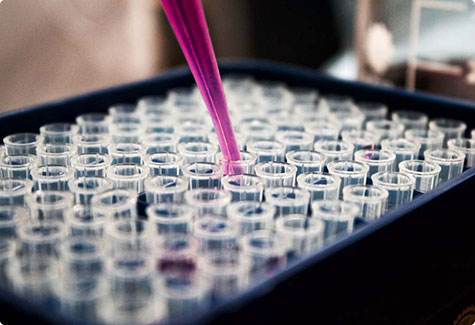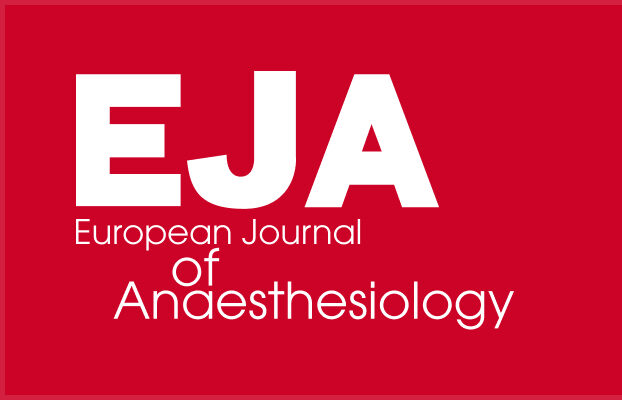Newsletter 2025
The European Trainee Ambassador Programme
Together for the future
Trainees represent the future of anaesthesiology and intensive care; however, they often lack a strong voice to address their concerns and are frequently excluded from shaping the future of our specialty. As the largest European society representing anaesthesiologists, the ESAIC is committed to supporting the next generation by ensuring that their needs are adequately addressed. While the ESAIC has long provided trainees with educational, research, and networking opportunities, we recognised the necessity of establishing a stronger and more direct connection between the society and its trainees. In collaboration with our past Chair, Igor Abramovich, and our current Chair, Iulia Crisan, we have continued the outstanding work of Albert de Bettignies and Nadine van Veenendaal by launching an initiative aimed at fostering a broader and more inclusive network that connects young professionals across Europe – the European Trainee Ambassador (ETA) Programme.
Inspired by the exemplary work of national trainee committees in Germany, Belgium, the United Kingdom, Switzerland, and other countries, we recognised the significant benefits that structured trainee representation can provide. Consequently, the ETA programme seeks to support the establishment of trainee committees in every ESAIC member country and to strengthen collaboration between the Trainees` Committee of ESAIC and the national trainee structures.
Following the programme’s announcement at Euroanaesthesia 2024 in Munich, we initiated an application process to select motivated trainees from across Europe. Our objective was to appoint one representative per European country to serve as a liaison between the individual national trainee societies and the ESAIC. In countries with an existing national trainees’ structure, applicants were encouraged to apply through it. However, in countries without such structure, we prioritised a transparent selection process open to all trainees.
On January 1st, 2025, the inaugural cohort of European Trainee Ambassadors officially commenced their two-year term. Since then, we have already held our first introductory online meeting and conducted a short survey among ambassadors to gain deeper insights into the various challenges and obstacles trainees encounter during their residency programmes.
The Role of European Trainee Ambassadors
A well-connected and actively engaged trainee community benefits not only young anaesthesiologists and intensivists but also the specialty as a whole. By fostering collaboration and knowledge exchange, the next generation of specialists contributes fresh perspectives, advanced research, and strengthens professional networks. In turn, senior specialists and consultants benefit from the insights and innovative approaches brought by trainees, enhancing the overall progress of the field.
Through the ETA program, ambassadors will play a pivotal role in:
- Identify gaps in education and training, thereby guiding the development of new national and international initiatives
- Promoting cross-border collaboration and knowledge-sharing among future anaesthesiologists
- Expanding ESAIC’s outreach to ensure that a greater number of trainees across Europe can benefit from the society’s diverse resources
- Encouraging active participation in ESAIC, inspiring trainees to engage in the society’s activities and potentially assume leadership roles in the future.
Challenges faced by trainees: Insights from the ETA survey
Healthcare systems and training programmes vary considerably across Europe. Having trainee representatives from each European country allows us to identify and address country-specific challenges that might otherwise go unnoticed.
Our initial survey has already highlighted several key issues:
- Gaps in specialised anaesthesiology training – More than half of the respondents identified paediatric anaesthesia as an area requiring further development. Additionally, palliative care education and standardised guidelines were frequently cited as missing components.
- Lack of national trainee representation – Over 50% of respondents expressed concerns about the absence of national trainee committees or advocacy groups in their countries.
- Working conditions and work-life balance – Many trainees highlighted excessive workloads and challenging working conditions as significant obstacles.
- Limited mentorship and supervision – Approximately one-third of ambassadors pointed to a lack of mentorship, insufficient supervision, and inadequate opportunities for international fellowships or exchange programmes.
- Disparities in training experiences – Even within the same country, trainees reported significant variations in training quality across different hospital settings. Additionally, structured exam preparation remains unavailable in many countries.
- Financial constraints – Many trainees struggle with a lack of funding to attend conferences, courses, and educational workshops, directly impacting their professional development.
- Limited research and academic mentorship opportunities – In certain regions, trainees have little to no access to academic mentorship or research opportunities, hindering the development of scientific skills and limiting career prospects in academia.

Figure 1. Survey Results – Training Gaps in Education

Figure 2. Survey Results – Work and Training Challenges
These findings underscore the diverse needs of trainees across Europe and emphasise the importance of establishing robust support structures at both national and European levels.
By acknowledging these disparities, the ESAIC can advocate for harmonised training standards across Europe and develop initiatives that benefit all trainees, regardless of their location. A key objective is to encourage greater participation in ESAIC activities, including educational programmes, research projects, fellowships, and leadership opportunities. Through active engagement, trainees can supplement gaps in their residency programmes and enhance their professional development.
The Path Forward
With the first cohort of European Trainee Ambassadors now in place, the next steps will focus on integrating them into ESAIC’s activities and establishing effective channels for communication and collaboration. This will include:
- Regular meetings, both online and at Euroanaesthesia, to facilitate dialogue and exchange of ideas.
- Ongoing surveys and discussion to ensure that ambassadors can provide feedback and shape future initiatives.
- The development of new opportunities for trainees to contribute to education, research, or networking initiatives.
By increasing access to mentorship, professional development programmes, and international collaboration, this initiative will pave the way for fellowships, new job opportunities, and greater engagement within the field of anaesthesiology. The programme not only benefits trainees but also strengthens ESAIC and the specialty as a whole.
This is just the beginning. Our long-term vision is to establish a sustainable network that serves the specific needs of every anaesthesiology trainee in Europe. By investing in the next generation today and fostering a broad, representative trainee community, we are shaping the future of anaesthesiology and intensive care for years to come.
References:
- Dow O, Kustura A, Lior Y, Berger-Estilita J, Morais D, De Hert S, Abramovich I. Challenges in professional development of anaesthesiology trainees: A cross-sectional survey by the European Society of Anaesthesiology and Intensive Care Trainee Committee. Eur J Anaesthesiol Intensive Care. 2024 Sep 20;3(5):e0062. doi: 10.1097/EA9.0000000000000062
- Scudellari A, Bilotta F. Standardisation of training in anaesthesiology in Europe: a survey on the impact of the 2022 European Training Requirements in Anaesthesiology. Br J Anaesth. 2024 Nov;133(5):1104-1107. doi: 10.1016/j.bja.2024.07.029.
Author
- Antonia Kustura, Resident of Anaesthesiology and Intensive Care, Department of Anaesthesiology, Intensive Medicine and Pain Control, University Hospital Center Sestre milosrdnice, Zagreb, Croatia
Co-authors
- Olivia Dow, Royal Surrey County Hospital, Guildford, United Kingdom;
- Maria Iulia Crisan, Department of Intensive Medicine, Universitätsspital Zürich, Zürich, Switzerland










